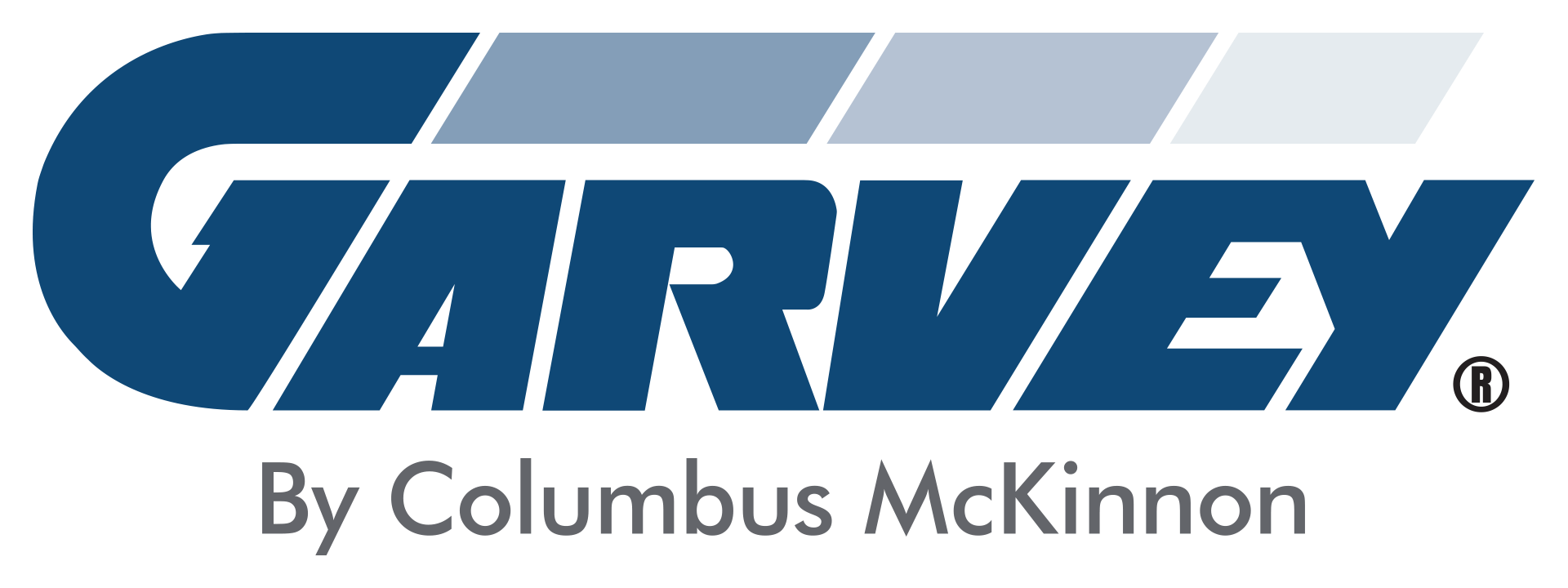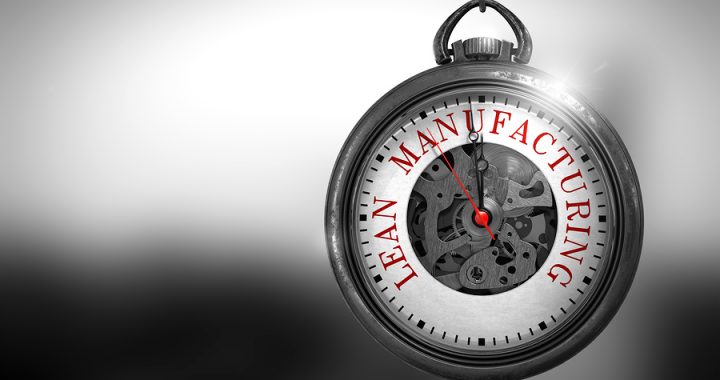When you think about your production lines, do you have a vague sense that you could be producing more / better / faster, but aren’t sure exactly what’s standing in your way? This is common. We talk to many plant managers who know they should be getting more out of their lines, but aren’t sure how to make that happen.
You can’t solve a problem that you can’t articulate. So, pinpointing exactly where things are going south should always be Step 1.
There are several factors that can get in the way of you achieving your production goals. In lean manufacturing, these often take the form of wastes.
The 8 wastes of lean manufacturing
| Abbreviation | Waste | Description |
| D | Defects | Products or services that fail to meet specifications, resulting in product loss or rework |
| O | Overproduction | Producing too much product before there’s demand for it |
| W | Waiting | Time spent waiting because work is stopped for some reason |
| N | Non-utilized talent | Human resources not being used to their fullest advantage |
| T | Transportation | Moving products around more than necessary to perform the process |
| I | Inventory excess | Raw materials not being processed or too much finished product sitting on the shelf |
| M | Motion | Excess movement of people, machines, or products |
| E | Extra processing | Any activities performed that aren’t required or don’t add value |
The fact that these eight wastes can be remembered by the handy acronym DOWNTIME is telling — all of them can spell trouble for your bottom line. To make things worse, they often attack in groups. For example, poor communication between departments can lead to tasks being done in duplicate (think data entry and report generation). This is an example of both non-utilized talent and extra processing.
The eight wastes can be applied to all business environments, from manufacturing plants to back offices. That’s a big umbrella, so let’s narrow the focus for a moment to a single production line on a plant floor.
Over the past few decades, we’ve been in many manufacturing facilities and analyzed many production lines using our Garvey Line Analysis method. What we’ve found — overwhelmingly — is that the biggest waste impacting production lines is waiting. Specifically, waiting due to unplanned downtime.
Often, production lines are throttled because of a piece of equipment that’s causing a bottleneck. This machine is called your constraint because it’s the machine that’s running at the lowest rate already (check out the most common constraints on beverage and food packaging lines). When your constraint goes down, even for just a minute or two, all of the other machines need to stop as well. Not only is this a waste of time, but it has ripple effects that create other wastes as well. For example, unplanned downtime leads to inventory excess because materials aren’t being processed.
In our experience, addressing this constraint through accumulation (which keeps the rest of the line running, even when the machine is down) can result in throughput gains of as much as 30%. In other words, accumulation counteracts the waste of waiting.
We know what you’re thinking: “Of course Garvey will recommend accumulation…they make accumulation systems!” And you’re not wrong. Accumulation is our business.
But we didn’t go into this business just to sell accumulation tables. We started with a common problem manufacturers face — i.e., losses due to downtime caused by production line bottlenecks — and developed our accumulation systems to address this problem.
Obviously, identifying and removing all of the wastes in your process is a bigger project, and accumulation isn’t the answer to everything. But it is the answer to maximizing your throughput by eliminating the waste of time due to products waiting to be processed when a machine on your line goes down.
If you’d like to learn more, schedule a Garvey Line Analysis. It’s free, and it could increase your throughput by up to 30%.




